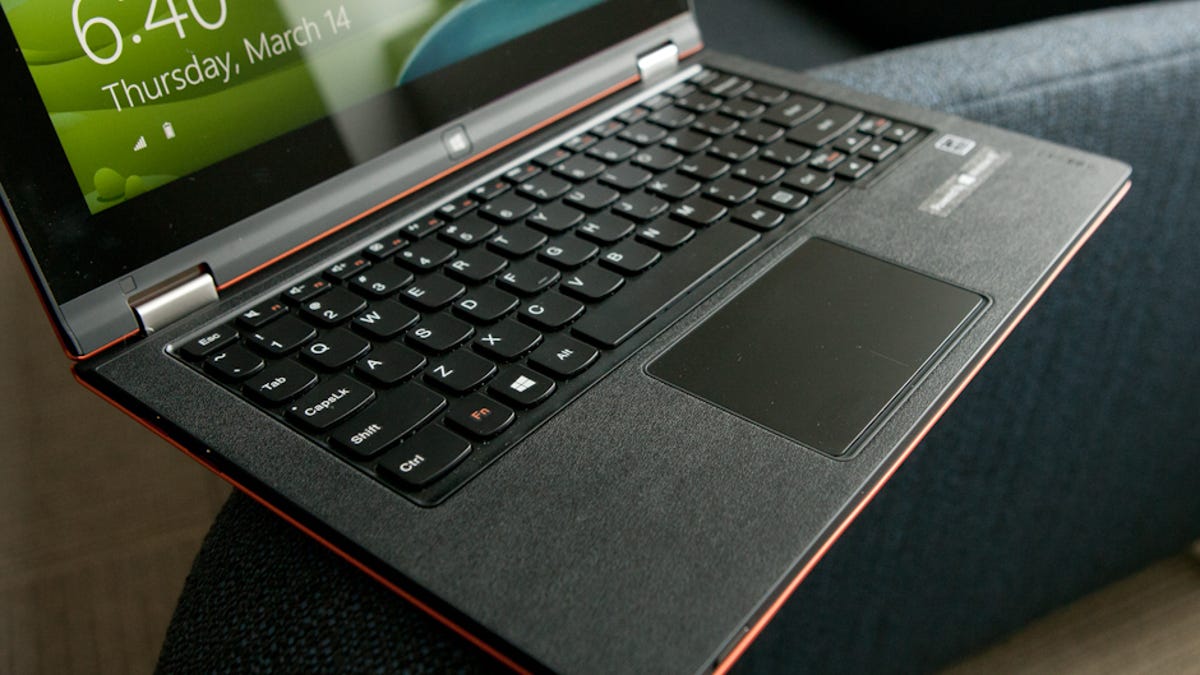When notebooks squeeze Intel out
<b>commentary</b> Devices based on ARM chip designs tend to be thinner, cooler (thermally, at least), and cheaper than those based on Intel designs while offering longer battery life.

Thanks to many ad campaigns over the years, most people know that their notebook PCs are powered by processors from Intel (or its chief rival, AMD). Those companies use a chip architecture known as x86, named for the the last two digits of the Intel chip model number in the first IBM PC.
But while Intel may be the best-known PC chip company, designs from ARM (Advanced RISC Machines) serve as the basic architecture behind chips from Apple, Samsung, Qualcomm, and Nvidia that power almost every smartphone on the market. All current Apple iDevices use Apple chips based on ARM designs; the same is true for Samsung Galaxy devices using Samsung Exynos chips. Most other Android devices in this class use ARM-based Tegra chips from Nvidia or Snapdragon chips from Qualcomm.
Despite the great progress that Intel has made with its new Haswell design, products based on ARM chip designs tend to be thinner, cooler (thermally, at least), and cheaper than those based on Intel designs while offering longer battery life. In fact, these days you can get a notebook -- or something that functions as one -- using your choice of four different operating systems. Many of these products offer touch screens and can detach from their keyboards to function as tablets as well.
Windows RT
Best bets: Dell XPS 10 with keyboard dock, Lenovo IdeaPad Yoga RT, Asus VivoTab RT with keyboard dock
Even though Windows RT-based systems haven't sold well, they have spawned a fairly broad array of true ARM-based notebooks that ship with a version of Office that keeps most of the key features from the x86-based version. And particularly now, prices have become pretty aggressive on the Dell XPS 10 which, when paired with a keyboard dock, offers an amazing 19 hours of battery life. Of course, when compared to iOS or Android, you'll find a dearth of touch-friendly apps and no backward compatibility with old Windows apps, but there's a touch version of Internet Explorer included and the user interface is about to get a bit of relief with Windows 8.1.
iOS
Best bet: iPad plus Brydge, iPad plus CruxSkunk
Unlike Microsoft, which has been aggressive about bringing Windows into the tablet form factor, Apple has kept Mac OS out of its tablets and iOS out of its laptops. In fact, iOS doesn't support mouse or trackpad input and, unlike with Windows or Android, there are no true docking options so you have to rely on Bluetooth. Folio cases have been a popular option for pairing keyboards with the iPad. However, there have been a few add-on hinged keyboard accessories funded through Kickstarter that let you roll your own closest thing to an "iNotebook" this side of the Macbook Air, the oddly named CruxSkunk and Brydge. The latter is available in both polycarbonate and aluminum and optionally includes speakers for better quality sound than you'd get from the iPad's speakers. Too bad there's no version for the iPad Mini for now.
Android
Best bet: Asus Transformer Prime series
Android is the most popular operating system for phones and you can get it on a range of tablets, but Google hasn't really done much to push it for notebooks, where it's been focused on Chrome. Still, a couple of companies have turned Android tablets into clamshells. Asus was the first to popularize the concept via its Transformer series. Its top of the line is the Transformer Pad Infinity,which offers a high-resolution display and beefs up the sound. Hewlett-Packard will also step into the detachable Android clamshell market with the 10-inch SlateBook x2 with keyboard dock next month for its back-to-school season.
Chrome
Best bet: Samsung Chromebook
Similar to Apple, Google has one OS for smartphones and tablets (Android) and another for notebooks (Chrome). Unlike Apple's OS X, though, Chrome doesn't rely on native apps, just about everything happens within the browser. Still, most of the Chromebooks out there -- including Google's own touch-screen Chromebook Pixel -- run on Intel processors. That said, the exception, the latest Samsung Chromebook (technically, the Series 3 XE303C12-A01US), is a great alternative. At $249, the slim 11.6-inch device runs about 6.5 hours on a charge. That's a bit underwhelming for an ARM device, but pretty favorable compared to other Chromebooks. Also, the screen supports neither touch nor being detached, but at less than $250, it can be a great extra PC option. particularly if you plan to use it in an area blanketed by Wi-Fi.

